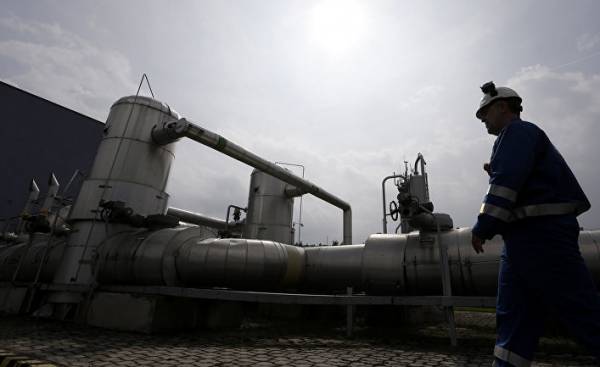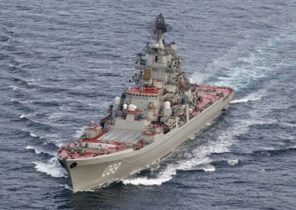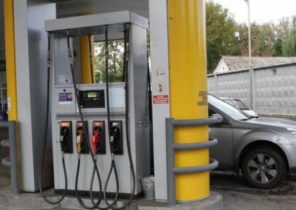
The creation of the natural gas market in the Baltic States will cost at least half a billion euros, or 230 euros for each of the Baltic States resident.
Until now, the natural gas market in the Baltic States existed only in the sense that the subsidiary of the Russian gas concern “Gazprom” sold is obtained from the parent gas large and small consumers according to the price agreed with the local governance institutions. An element of such relations was to the calculations of Gazprom, which did not require an excessively high price for gas, which could force customers to use instead of petroleum products, coal, wood and electricity, produced without the use of natural gas.
Such relationships were designed in the mid 90-ies of the last century and has not changed in connection with the accession of the Baltic States into the European Union. The EU did not demand the termination of monopoly of Gazprom prior to the expiration in accordance with the timing, but at the same time wrote the rules of the gas market in the future, when referred to a monopoly will cease, and the Baltics will be included in the European network of natural gas supply. The EU has agreed to partially pay for the connection of gas pipelines of the Baltic States with the European network.
The first EU proposal was to build the Baltic LNG terminal, the location of which three countries of the region were arguing so long as the Lithuanians do not set up your terminal for receiving gas (ordered in South Korea the ship that serves as a transitional capacity between the bringing gas pipeline vessels and on shore).
Now the Lithuanians are considering who will agree to buy gas at a price which includes, including spent for the equipment of terminal 700 million dollars, and they must be returned within 10 years. As a result, the Lithuanians have been forced to use gas, which went up about the same as in Latvia electricity in connection with the inclusion of a component of the mandatory procurement. The gas market in the Baltic States, according to the Lithuanians, is the imposition of such a price of gas to consumers in Latvia and Estonia.
Latvia tries to keep up with Lithuania and stressed that the Klaipeda LNG terminal without connecting to Inchukalnsky the gas storage is not able to play a significant role in gas supply of the Baltic States. Purchased summer gas should be pumped from Lithuania to Latvia, winter — from Latvia to Lithuania, that Lithuanians have to pay Latvia. In connection with the implemented last year, the company Latvijas gāze (LG) on the enterprises of gas trading and storage it is estimated that since 2003, LG has invested directly in inčukalns 120 million euros, and in the future in the gas, you need to invest 190 million. Lithuanians and Estonians are warmly invited to take part in the repayment of this amount.
Estonia has made great efforts and achieved what can also be billed Latvia and Lithuania. Estonia has secured the agreement of the EU in connection with the Baltic gas pipeline Finland Connector. At the bottom of the Gulf of Finland of the Baltic sea, the pipeline will be laid at a cost of € 250 million, 187 million of this amount will give the EU.
Meanwhile, Lithuania in the formation of the gas control went on a “second circle” — the EU agreed on the connection between the gas pipelines of Lithuania and Poland, the construction of which will cost 558 million euros (the EU will allocate $ 295 million).
You may also remain the main gas pipelines from Russia, which is enough to provide the Baltic States with gas. As a result, in the Baltic States should be a surplus of gas that everyone will want to sell and will eventually be given almost nothing. This was the intended goal. However, it is likely the opposite result: the gas price will rise, because the price will include all the aforementioned facilities and other costs.
Consumers have to include wholesalers and retailers with all their expenses that they will have their own stock exchange and other exchanges that they will conclude between themselves contracts, create advertising, etc. the less the consumers will be to pay for this obratimosti, the more the remaining customers headed financed from the state budget institutions will be forced to pay for the upkeep of nearly empty or completely empty of gas.
***
Gas bill
Businesses and residents of Latvia will have to pay your share of the following expenses:
— 250 million euros for gas pipeline in the Gulf of Finland;
— millions of euros for the maintenance of the trade and traders of gas;
— 310 million euros for a gas storage facility in inčukalns;
— 700 million USD for the ship in the port of Klaipeda;
— 558 million for the gas pipeline in Lithuania and Poland.







